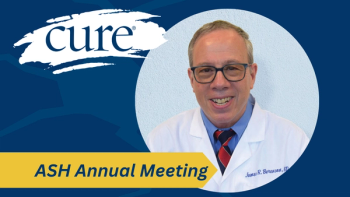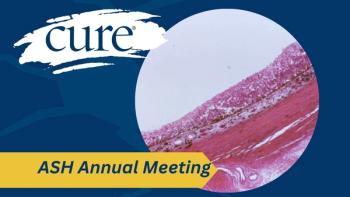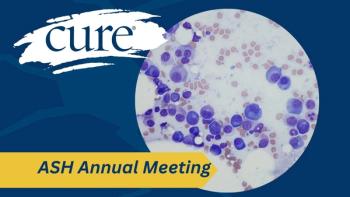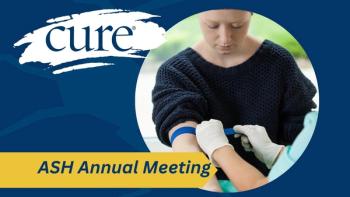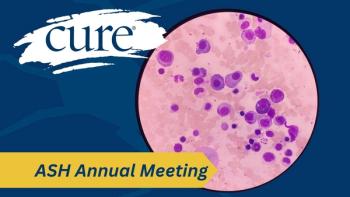
The time has come for lung cancer screening
To paraphrase Winston Churchill, "This is not the end, but it is certainly the beginning of the end." I firmly believe that 2012 could be remembered as the year that changes the course of lung cancer given the efforts under way by patient advocates and medical leaders to bring responsible, safe and effective early detection to the at risk public.In addition, by bringing best practices in a continuum of care linking prevention, early detection and treatment, we will stimulate more research and new approaches to identifying those at risk, preventing and treating lung cancer, more effective smoking cessation protocols and a better understanding of other causes of lung cancer.Last February Lung Cancer Alliance has launched first of a kind "The National Framework for Excellence in Lung Cancer Screening and Continuum of Care," guidance for both consumers at risk as well as sites offering care. The National Framework presents in three parts. First, it advises the public on their rights--starting with the right to know if someone is at risk for lung cancer. Risk factors include smoking history; family history of lung cancer; environmental exposures to radon, secondhand smoke, asbestos and other known carcinogens; exposure to battlefield fuels; history of other lung diseases. If someone has one or more of these risk factors, they need to talk to their doctor about screening with a low dose CT scan. Second, the National Framework lays out guiding principles of screening and the continuum of care for screening sites. LCA contacts each one to ascertain that they are a multi-disciplinary team and that they follow a coordinated continuum of care for screening, diagnosis and disease management that complies with comprehensive standards based on best published practices. Once identified, LCA lists these sites and alerts the public on
President & CEO
Lung Cancer Alliance

